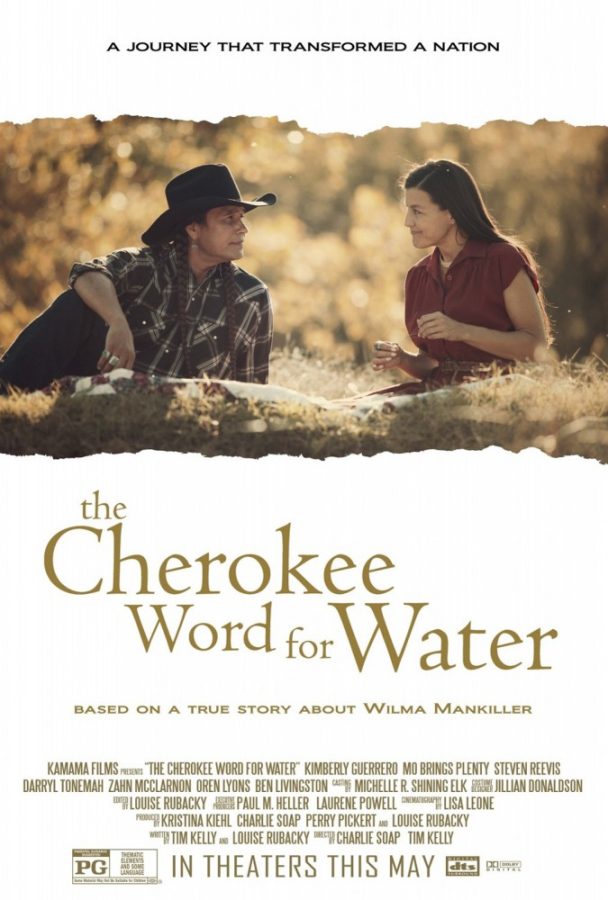Though Native American Heritage month starts in November, the celebration of American Indian culture began on Sunday with the start of the Native Eyes Film Showcase through the Arizona State Museum.
Beginning with a screening of the film “This May Be the Last Time” and continuing through November with other film screenings and events, such as the Native Youth Water Summit and Women’s Plaza of Honor ceremony, the Native Eyes program includes a wide variety of community engagement experiences.
The Native Eyes program began in 2004 when Lisa Falk, director of community engagement and partnerships of the Arizona State Museum, started the program as a film screening with “The Return of the Navajo Boy” to bring more information about Navajo culture. Clips from other films depicting American Indian women were shown, and a discussion on the portrayal of American Indian women in film followed. It was a surprise to Falk that the first year was met with such enthusiasm, and she worked on it for the next year as well.
“Over the years, [the program] had lots of partners,” Falk said. “One of our longest standing partners is the Tohono O’odham Nation Cultural Center & Museum.”
She said the program has been screened in different venues such as The Loft Cinema, on the Tohono O’odham nation in Sells, San Xavier, workshops in Pascua Yaqui and the UA campus. The films screened are usually made by American Indians, but occasionally, there are films in the selection made by a non-Native American filmmaker. For the most part, the program tries to show newer films and bring in filmmakers to comment on the films.
“It’s been the most interesting part of this year’s Native Eyes program,” said Melody Lopez, member of the Native Eyes planning committee, about the collaboration to get the program going. “It’s great because it’s very intertribal, and we all represent different Arizona tribes.”
The program also features an honoring ceremony for two American Indian women on Friday at 5:30 p.m. at the UA Women’s Plaza of Honor for their accomplishments and contributions to the community: LaDonna Harris, who will be present at the ceremony, Comanche, and Wilma P. Mankiller, Cherokee. The ceremony ties into the event on Sunday at The Loft from 1-6 p.m. for two film screenings with a Q&A session afterward: “The Cherokee Word for Water” and “LaDonna Harris.”
The directors of these two films will participate in a free discussion on Friday in room 100 of the Department of Gender and Women’s Studies at 12 p.m.
“The whole idea that we have collaborating partners who saw the value of the lifetime achievement of two [American Indian] women is really wonderful — that the UA is supporting how we feel these women are great leaders,” Lopez said. “There already is an archway of Arizona Indian Women, so we haven’t been lacking from the plaza, which is really awesome and good to know that there is [an American Indian] presence.”
Looking back to where American Indian people were at in the 1950s and 1960s, Lopez said, they have come very far to have things such as tribal sovereignty, which wasn’t in place before. It’s easy to be negative that not enough has been done, but looking back, a lot has been accomplished.
“I’d like [people] to be inspired by the examples presented through the films [shown] and feel energized,” Falk said. “Those who don’t know native culture to see a different side of it than what they think, and to learn about what’s going on today in Indian Country.”
_______________
Follow Ivana Goldtooth on Twitter.









